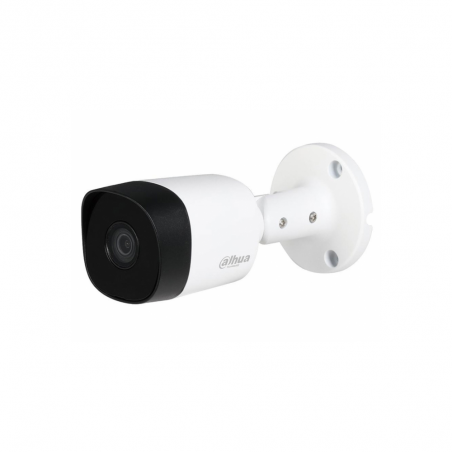In today’s fast-paced world, ensuring the safety of people, assets, and infrastructure has become more critical than ever. Technological advancements have revolutionized security measures, and one of the most significant developments is the use of CCTV (Closed-Circuit Television) systems. CCTV and security systems are a cornerstone of modern security strategies, offering real-time monitoring, crime prevention, and evidence collection capabilities. It plays an indispensable role in a wide range of settings, from residential homes to large commercial enterprises, helping deter potential threats while fostering a sense of security.
The Evolution of CCTV in Security Systems
Initially, CCTV systems were basic tools designed for rudimentary surveillance tasks. Over time, technological innovations such as high-definition cameras, remote monitoring, and artificial intelligence integration have transformed CCTV into a comprehensive, adaptable security solution. The ability to store and analyze footage has made it easier to identify and respond to security breaches, enabling quicker action and enhanced accuracy in crime detection.
Modern CCTV systems often feature cameras equipped with infrared technology, enabling clear video capture in low-light conditions, while panoramic and tilt-zoom capabilities allow coverage over vast areas. These technological advances make surveillance more effective and versatile, catering to the unique needs of various sectors, including retail, healthcare, education, and government institutions.
Key Components of a Modern CCTV System
A typical CCTV security system comprises several interconnected components designed to work together to provide seamless surveillance. These include:
- Cameras: These capture real-time footage and can be placed strategically to monitor high-risk or sensitive areas. There are different types of cameras, such as dome, bullet, and PTZ (pan-tilt-zoom) cameras, each suited for specific surveillance tasks.
- Digital Video Recorders (DVR) or Network Video Recorders (NVR): DVRs and NVRs are responsible for storing and managing video footage captured by the cameras. NVRs, in particular, are commonly used in modern IP-based systems that offer superior video quality and the ability to integrate with cloud-based storage solutions.
- Monitors: These devices display live or recorded footage. Remote monitoring options allow security personnel to access feeds from any location via mobile devices or computers, enhancing the system's flexibility.
- Motion Detectors and Sensors: Integrated with CCTV systems, motion sensors can trigger cameras to start recording or send alerts when movement is detected in restricted areas. This proactive feature helps optimize footage storage and enhances threat detection.
- AI and Analytics: Artificial intelligence is increasingly becoming a part of CCTV systems, allowing for features such as facial recognition, behavior analysis, and even predictive insights. This can help in identifying potential threats before they escalate.
Advantages of CCTV in Security Systems
- Crime Prevention: The presence of CCTV cameras acts as a powerful deterrent to criminal activities. Potential wrongdoers are less likely to engage in illegal activities when they know they are being monitored.
- Real-time Monitoring: CCTV systems provide constant surveillance, enabling immediate response to any suspicious activity. This is particularly beneficial for businesses, public spaces, and critical infrastructure where continuous monitoring is essential.
- Evidence Collection: In the unfortunate event of a crime, CCTV footage serves as critical evidence for law enforcement agencies. High-quality video can be used to identify perpetrators and establish timelines, making the investigative process more efficient.
- Cost-Effective Security: Compared to hiring a large security team, installing a CCTV system is a cost-effective solution that offers round-the-clock monitoring without the need for continuous human presence.
- Remote Access and Control: Modern CCTV systems provide remote access features, enabling users to monitor their property or business premises from anywhere in the world using smartphones or other internet-enabled devices.
Conclusion
CCTV systems have evolved into powerful tools that enhance security and surveillance, offering a broad range of features catering to different sectors' demands. Whether for residential security or large-scale commercial monitoring, CCTV plays a vital role in safeguarding people, property, and information. With continuous advancements in AI, analytics, and cloud integration, the future of CCTV technology is set to become even more sophisticated, offering smarter, more efficient ways to ensure safety in an increasingly complex world.





Comments